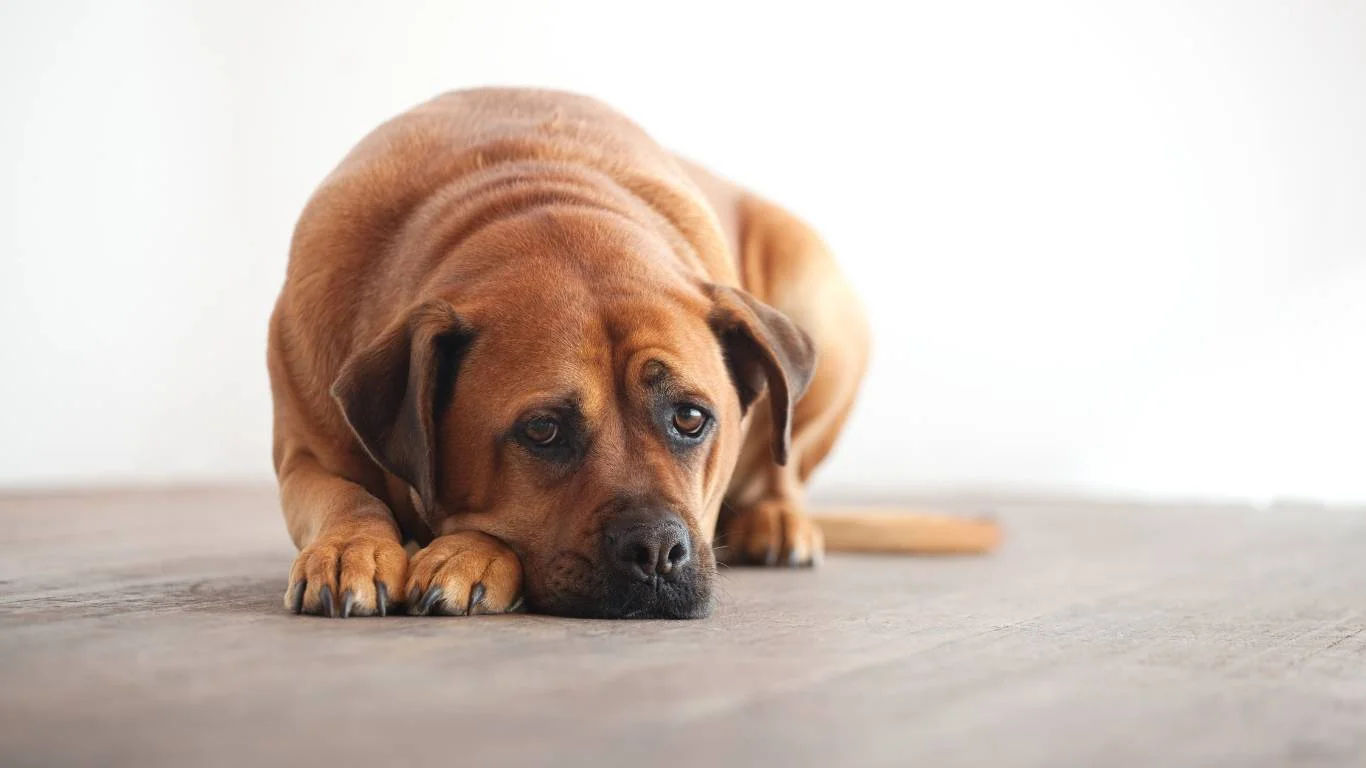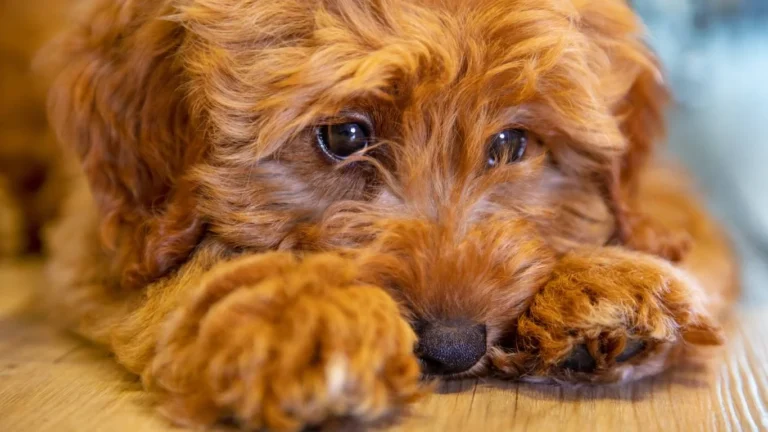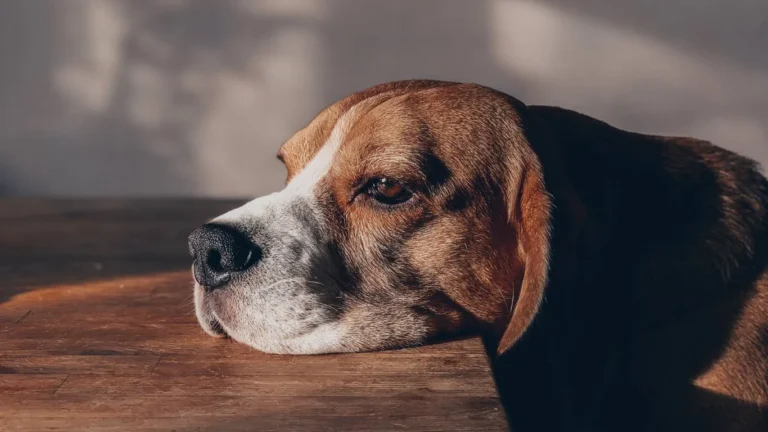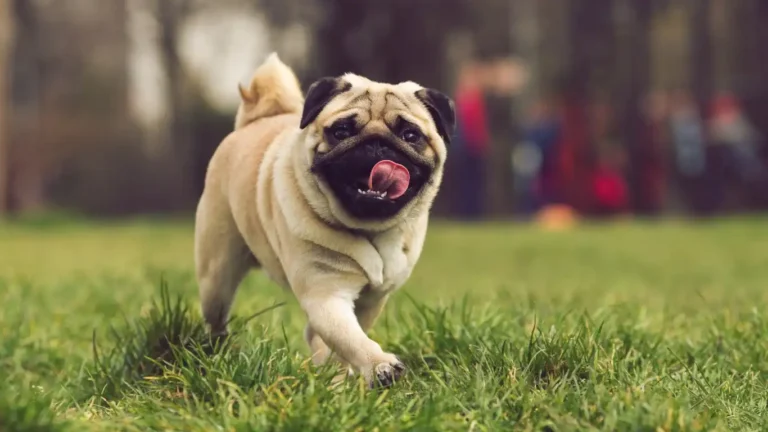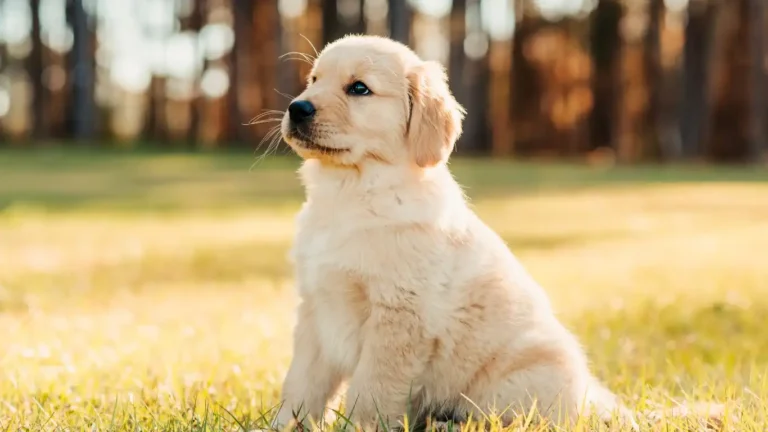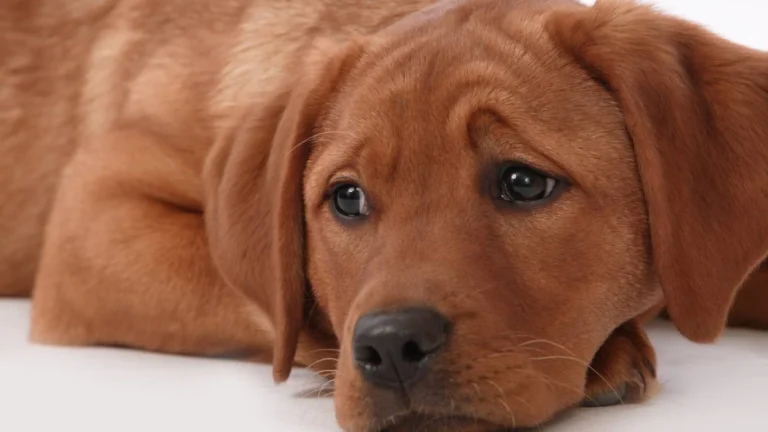Ultimate Guide: How to Clean Between a Dog’s Paw Pads Safely
If you’ve ever caught your pup obsessively licking their paws or limping a bit after a walk, you might be dealing with more than just dirt. Knowing how to clean between a dog’s paw pads can seriously boost your dog’s comfort and prevent bigger health issues down the road. As a Veterinary Assistant with a nutrition focus, I’ve seen more than my fair share of dogs coming in with swollen, irritated, or even infected paws—all from simple neglect in this often-overlooked area. Let’s be honest, paw care doesn’t usually top most people’s to-do list, but it should.
Why Cleaning Between Paw Pads Matters

Think of your dog’s paws like your own feet after a barefoot hike—they pick up everything. From street grime to allergens, pebbles to burrs, it all gets trapped between those toe beans. Now imagine that stuff stuck in there for days. Yikes. Over time, this can lead to bacteria build-up, fungal infections, painful matting, and even foreign object injuries. One of the worst cases I saw was a sweet little beagle whose paw pads were matted together with fur, grass seeds, and—you won’t believe it—gum. The poor thing had been limping for weeks before the owners noticed. Don’t let that be your dog.
Preventing Bigger Problems
Aside from discomfort, dirty paws can cause skin breakdown and yeast infections (yep, dogs get those too). Itching, redness, and funky smells are common signs. I always tell pet parents that routine cleaning is just like brushing teeth—it’s preventive care that pays off later. Plus, it helps you notice early signs of issues, like cuts, swelling, or unusual lumps.
How to Clean Between a Dog’s Paw Pads Safely
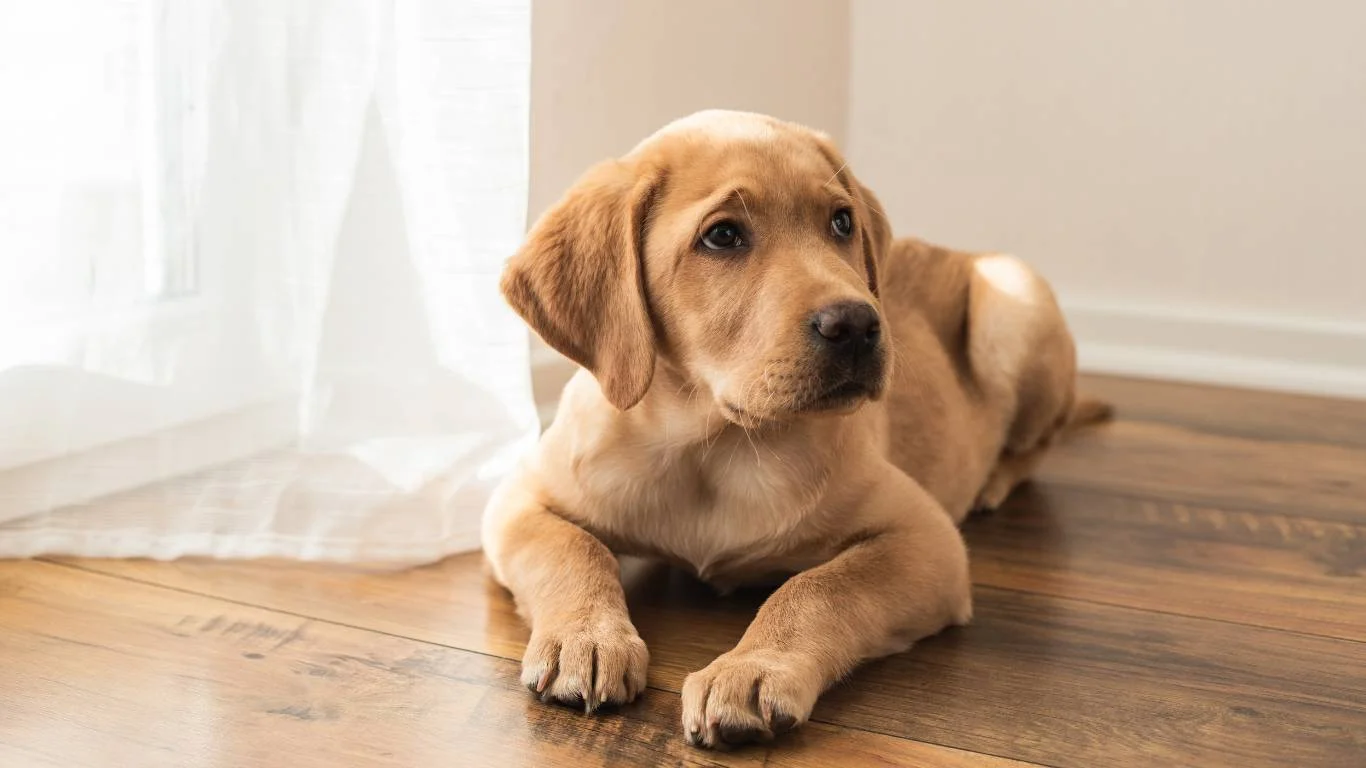
Gather Your Paw Cleaning Toolkit
Here’s what I use at home and recommend in the clinic. You don’t need fancy products, just the basics:
- Warm water (filtered if possible)
- Soft cloth or pet-safe wipes
- Paw-safe shampoo (unscented, hypoallergenic)
- Pet-safe scissors or trimmers (for long-haired dogs)
- Towel or microfiber cloth
- Optional: Paw balm or moisturizer for dry pads
Step-by-Step: The Cleaning Routine
- Start by calming your dog. Treats help! Make it a positive experience. I usually talk to them in a silly voice, or play calming music. Works every time.
- Inspect each paw. Look for debris, swelling, or redness. This is your chance to catch problems early.
- Use a damp cloth to wipe between each toe and pad. If the grime is stubborn, a little diluted dog shampoo on a cloth can help.
- Trim excess fur if needed. Hair between the pads can trap dirt and moisture. Just be gentle and avoid trimming too close.
- Dry thoroughly. Moisture is the enemy here. I gently squeeze with a towel and then air-dry if needed.
- Apply paw balm if the pads are cracked or dry. Think of it like lip balm for their feet—it keeps things soft and protected.
Common Mistakes to Avoid When Cleaning Paw Pads

Using Human Products
I’ve seen well-meaning pet owners reach for baby wipes or antibacterial soap. Don’t. These can dry out or irritate your dog’s skin. Always go for pet-formulated options that are pH-balanced for canines.
Skipping Drying Step
Leaving moisture between paw pads can lead to fungal growth. If you’re in a rush, at least give it a quick towel dry and circle back later to check. Trust me, your nose will tell you if something’s off.
Neglecting Long-Haired Breeds
Dogs like Golden Retrievers or Cocker Spaniels have fluff between their toes that collects all sorts of gunk. If you don’t trim it, you’re basically giving bacteria a cozy little home. I always recommend regular trims with blunt-tip scissors—just don’t go scissor-happy. One tiny snip in the wrong spot and you’ll both be crying.
How Often Should You Clean Between Your Dog’s Paw Pads?
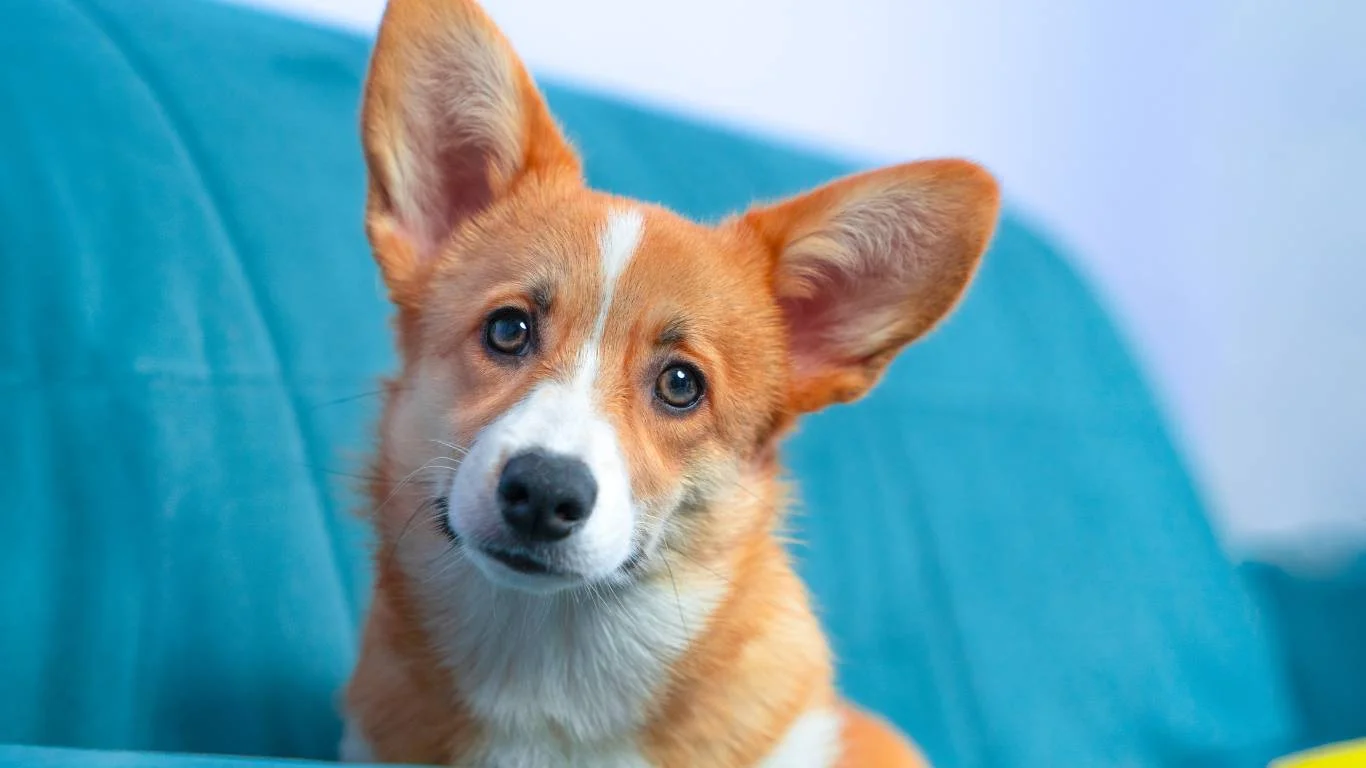
This is one of the most common questions I get from pet parents at the clinic. Honestly, the answer depends on your dog’s lifestyle. If your pup is a city slicker walking on pavement daily, or if you hike trails on weekends like I do with my Border Collie mix, you’ll want to check and clean their paws at least a few times a week—sometimes even daily.
But if your dog spends most of their time lounging indoors, a thorough paw inspection and cleaning once a week is usually enough. Keep in mind, though, that weather plays a big part. During rainy seasons or after walks in snow and ice (especially when salt is on the ground), I recommend stepping up the routine. That salt burns, and it can dry and crack your pup’s pads fast.
Signs Your Dog’s Paws Need Cleaning ASAP
- Constant licking or chewing at feet
- Visible dirt or debris between pads
- Redness, swelling, or small cuts
- Bad odor (a yeasty smell is a red flag)
- Your dog pulling away or limping
I remember one Labrador who kept licking one paw nonstop. The owners thought it was allergies. Nope—it was a piece of mulch wedged way deep between the pads. Once we cleaned it out and applied a soothing balm, she was back to zoomies in no time.
Tips for Dogs Who Hate Having Their Paws Touched
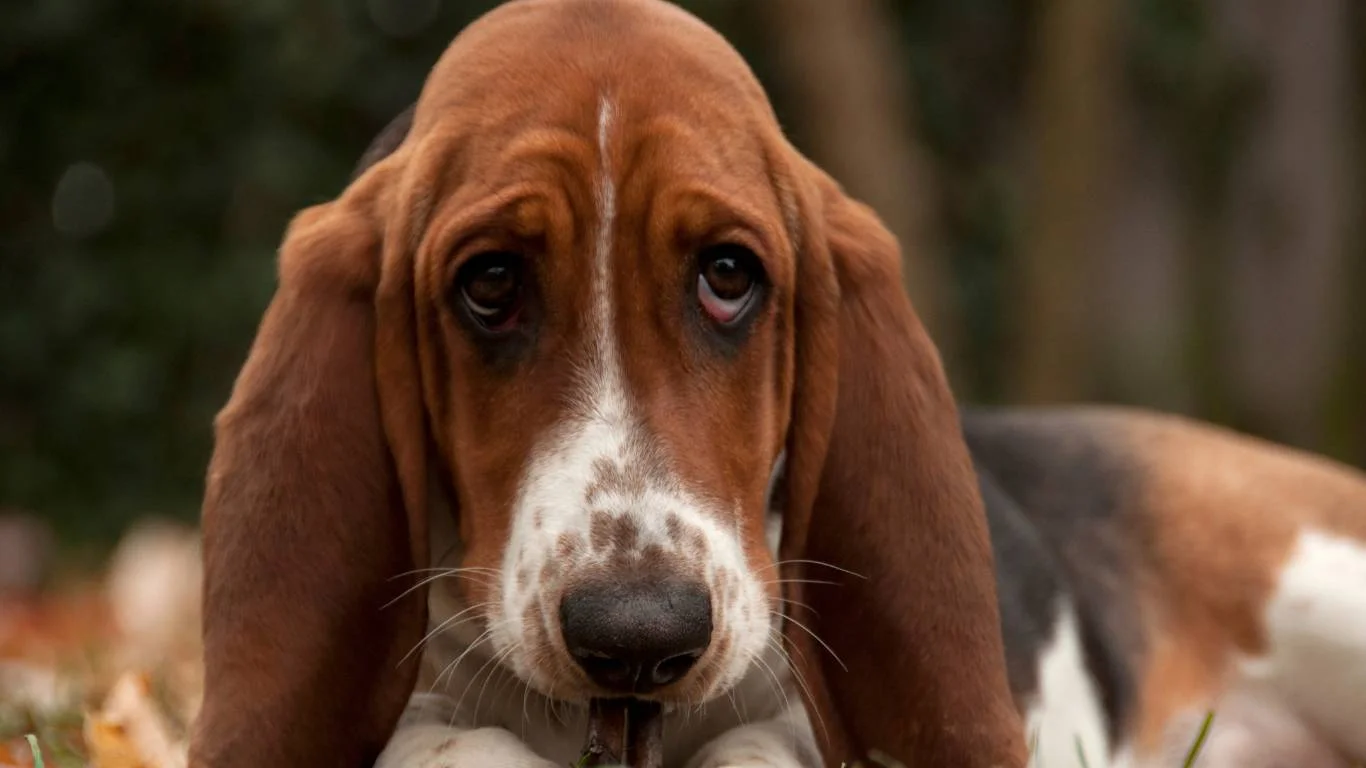
Let’s be real—some dogs act like you’re trying to steal their soul when you touch their paws. My own rescue used to flinch every time I even looked at his feet. So don’t stress if your dog isn’t into it at first. It takes patience and a little strategy.
Desensitization Tips That Actually Work
Start slow and make it positive. Here’s what I’ve used personally and recommended to clients:
- Touch and treat. Touch the paw for a second, reward with a treat. Repeat. This builds trust.
- Work in short sessions. Don’t try to do all four paws in one go at first. Spread it out.
- Use calming techniques. Pheromone sprays, gentle massages, or even a lick mat with peanut butter can help distract your dog during paw cleaning.
- Reward the process, not just the end. Every step—picking up the paw, letting you clean between toes—should be a rewarded behavior.
It might take a week, or even a month, but the payoff is worth it. Now, my once-nervous dog will lift each paw for me like he’s at the spa.
Seasonal Paw Care & Environmental Hazards

The environment your dog walks in can make paw maintenance trickier. Here’s how to adjust your cleaning habits based on the season or where you live.
Winter Woes
Snow, ice, and sidewalk salt are brutal on paw pads. I’ve seen paws crack so badly in winter they bled. If your dog walks on salted roads, rinse their feet immediately when you get home. You can also use paw wax or booties to give them a barrier against salt and cold. And yes, it’s totally normal for dogs to do the funny leg-shake dance when they first wear booties.
Summer Burn Risks
Hot pavement can burn paws in minutes. I do the back-of-hand test—if it’s too hot for me to hold my hand on the sidewalk for 7 seconds, it’s too hot for their paws. Opt for morning or evening walks, and apply protective balm before heading out. Also, gravel trails heat up fast, so keep an eye on their feet after hikes.
Nature Walks & Yard Hazards
Grass awns, foxtails, and sharp burrs are sneaky. They can burrow between toes and cause nasty infections. I had one German Shepherd come in with a foxtail that had traveled from his paw all the way up to his ankle. Daily paw checks after outdoor play are non-negotiable, especially if you live in dry, grassy regions.
Integrating Paw Care into Your Routine
The good news? You don’t need to carve out an hour for this. I usually clean my dog’s paws after our evening walk, right before his dinner. It’s become part of our rhythm—walk, clean, eat, snuggle. Dogs thrive on routine, and once they get used to it, paw care becomes just another part of their day. Plus, those little rituals are where the bonding happens. You’re not just cleaning feet—you’re building trust.
And hey, if you mess up a step or miss a day, it’s not the end of the world. The important thing is being aware and making the effort. Your pup will thank you—probably with extra kisses and a whole lot of tail wags.
When to See a Vet About Your Dog’s Paws
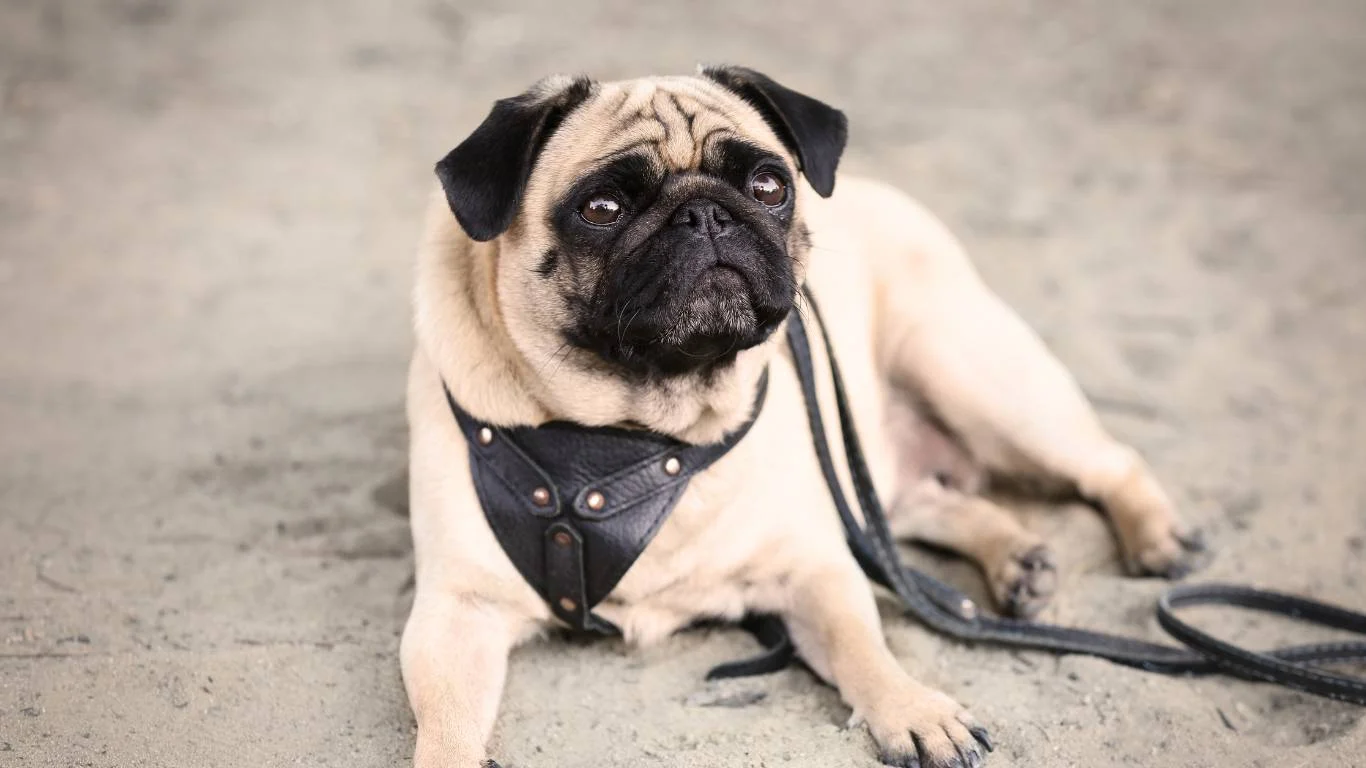
Sometimes, even with the best cleaning routine, something still feels off. And trust me, you know your dog best—if they’re acting differently, it’s usually for a reason. One of the key things I’ve learned as a Vet Assistant is how subtle paw issues can be. It might not look like much on the outside, but there could be something brewing beneath the surface.
Red Flags That Need Professional Attention
If you notice any of the following signs, it’s time to call your vet:
- Persistent limping that doesn’t improve with rest or cleaning
- Swelling or heat around the paw or between the pads
- Pus or discharge (usually a sign of infection)
- Foul odor that doesn’t go away after cleaning
- Your dog won’t let you touch the paw at all
One case that’s always stuck with me was a boxer with a tiny crack in his pad that turned into a full-blown abscess because it got infected. The owner thought it was just a dry patch. After a round of antibiotics and daily soaks, he was back to his goofy self—but it was a good reminder of how small things can snowball fast if we’re not paying attention.
Dog Paw Care Products I Actually Recommend
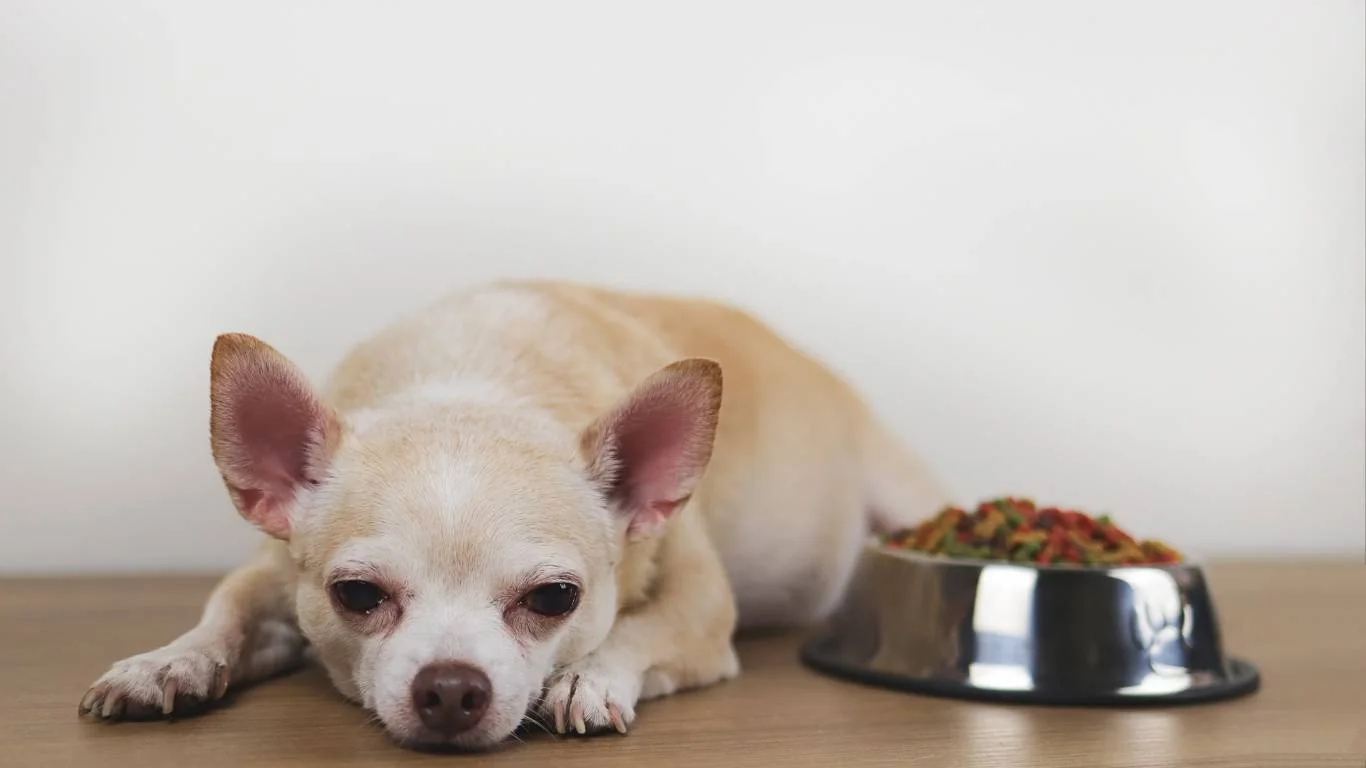
I’ve tried tons of products—some great, some… well, not so much. Here are a few that have actually earned a spot in my paw care kit:
- Paw Balms: Look for natural ingredients like shea butter, coconut oil, and beeswax. They protect without clogging the skin.
- Pet-Safe Wipes: I love the unscented ones with aloe. They’re gentle enough for daily use and handy for quick cleanups after muddy walks.
- Paw Wash Cups: These are a game-changer for dogs who hate having their paws touched. Just pop a paw in, twist, rinse, done.
- Booties: Great for extreme weather or hiking rough terrain. Bonus: they also help keep your floors clean. Just don’t expect your dog to love them right away.
Always check ingredient labels and make sure anything you use is specifically made for dogs. If it’s not safe enough for a dog to lick (because they absolutely will), don’t use it.
Training Your Dog to Enjoy Paw Cleaning
Let’s be honest—most dogs don’t naturally love having their feet cleaned. But like brushing teeth or trimming nails, it’s all about creating positive associations. With enough patience, even the most dramatic floof can come around.
Turn Paw Time Into Bonding Time
- Start young (if you can): Puppies are super impressionable. Get them used to gentle paw handling from day one.
- Use high-value treats: This isn’t the time for boring kibble. Go for the good stuff—chicken, cheese, peanut butter on a spoon.
- Talk to your dog: This sounds silly, but it works. My voice changes into full-on “puppy talk” mode during paw sessions, and it helps them stay relaxed.
- Be consistent: Make it part of your routine. Dogs thrive on knowing what to expect. The more you do it, the easier it gets.
I used to work with a Husky mix who treated paw cleaning like a personal betrayal. With a little time and a lot of liver treats, he eventually started offering his paw before I even asked. Total 180.
Final Thoughts: Keep Those Paws Happy
At the end of the day, learning how to clean between a dog’s paw pads is more than just a grooming task—it’s a simple act of love. It’s one of those small, everyday things that adds up to a happier, healthier pup. Whether it’s brushing off dirt after a hike or checking for sneaky foxtails hiding between the toes, your attention matters.
It also helps build trust. There’s something really grounding about taking that quiet moment to care for your dog, to check in, to say “I’ve got you.” It’s a routine, sure—but it’s also a connection. And that’s what makes all the difference.
References
Disclaimer
The content in this article is based on personal experience and professional knowledge as a Veterinary Assistant with a focus on nutrition and wellness. It is not intended to replace veterinary medical advice. Always consult with a licensed veterinarian regarding your pet’s health conditions or concerns. Every dog is different, and what works for one may not be appropriate for another.
